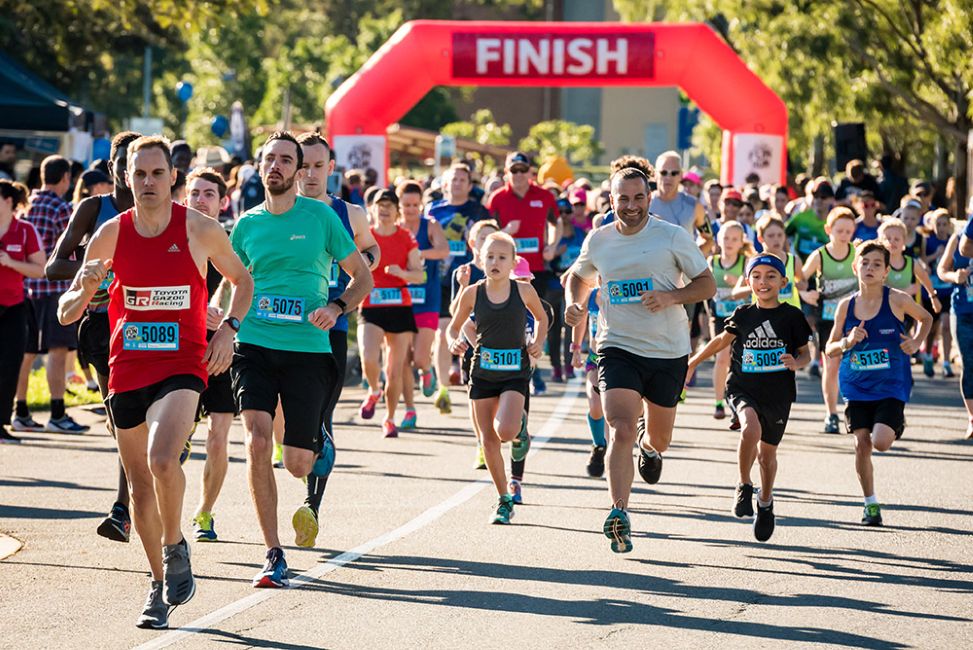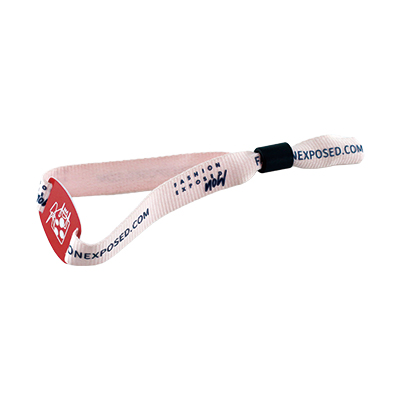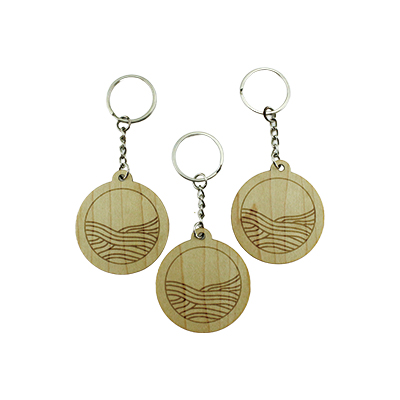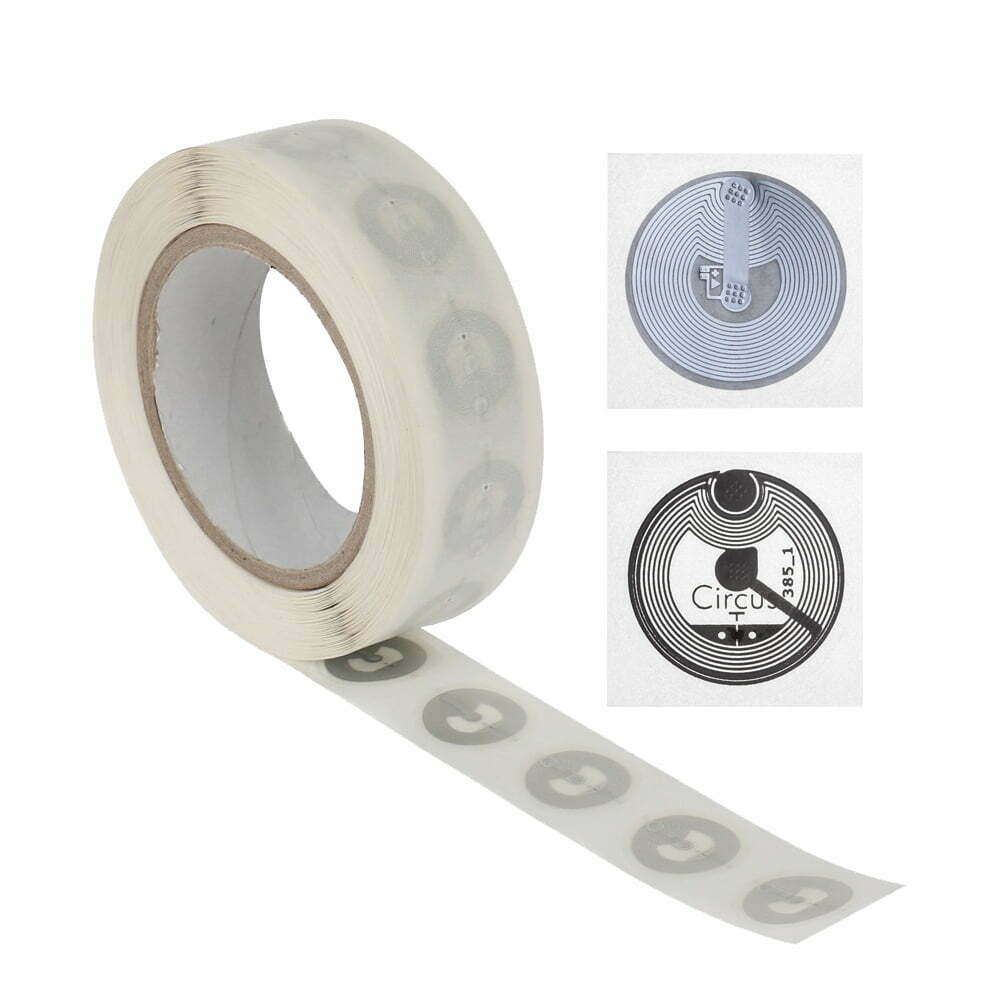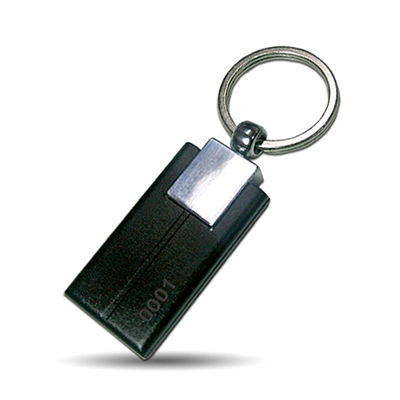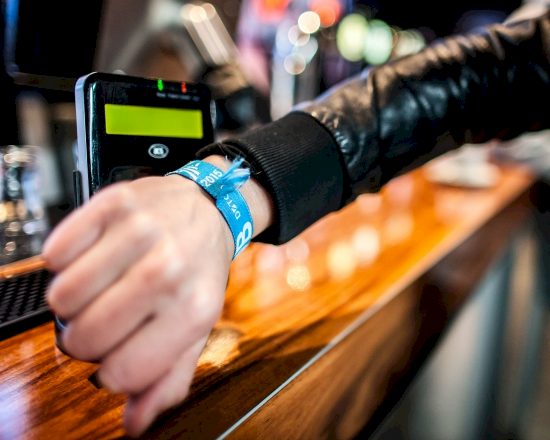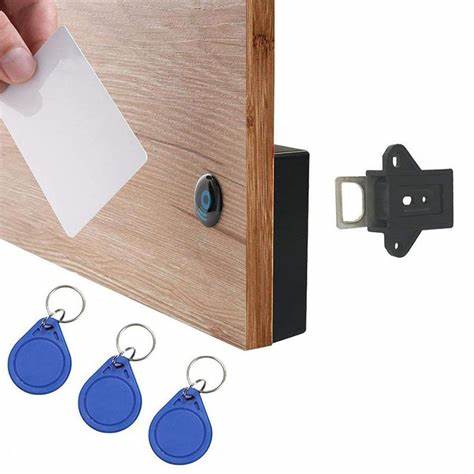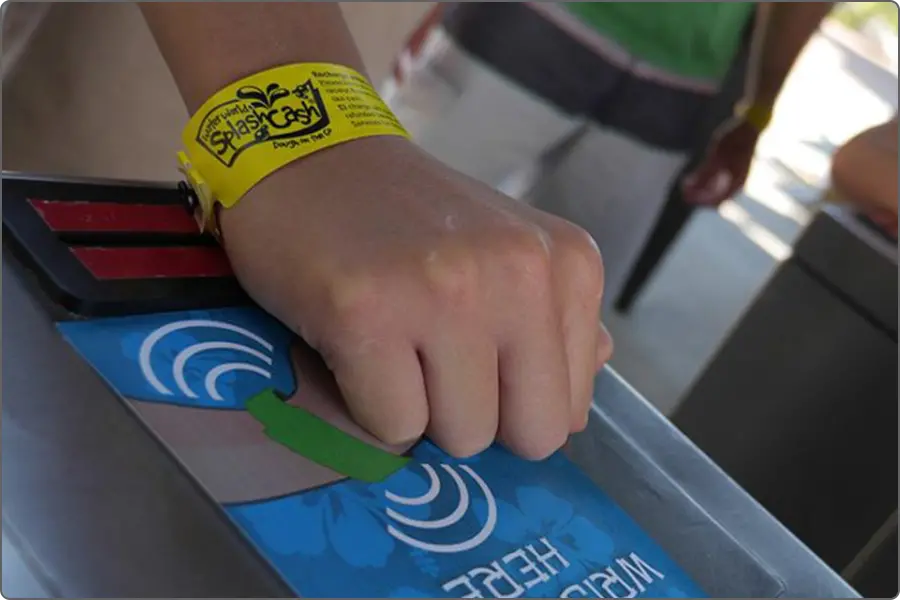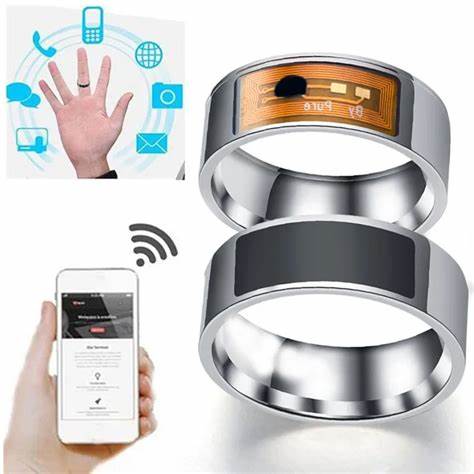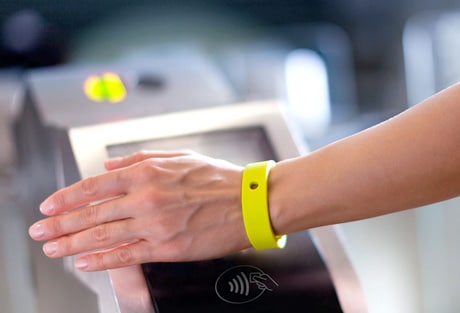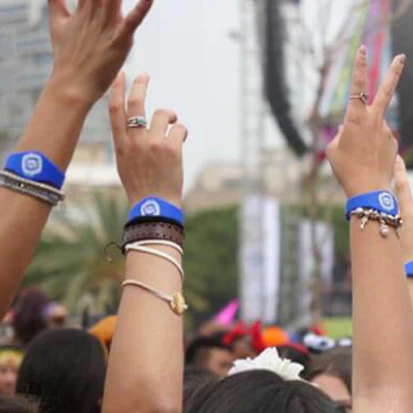In the arena of sports events, especially large-scale events with 10,000 participants, the efficiency and accuracy of event management is crucial.
The traditional manual verification method in the face of the huge number of participants, often seems to be unable to do, and the emergence of RFID technology, like a bright new star, for event management has brought from ‘manual verification’ to ‘second response’ of the great change, successfully let the Ten thousand people event management ‘simplified’.
In the past, with the increase in the number of participants in all kinds of sports events, the work of timekeeping and personnel information verification has become more and more complicated and tricky. Taking an international marathon event as an example, during the period of manual checking, dozens of staff members need to keep a close eye on the runners passing through at the starting point, finishing point and multiple timing points, and manually record the time and identity information. Due to the negligence of the staff, the results of two runners with similar numbers were mistakenly mixed up, resulting in continuous disputes and seriously affecting the fairness of the race. Manual recording is not only inefficient, but also requires a lot of manpower to collate and check the data after the race, and mistakes and omissions occur from time to time, which also brings a lot of trouble to the subsequent analysis of race data.
RFID technology, i.e. Radio Frequency Identification Technology, is a kind of automatic identification technology that realises non-contact two-way communication through radio waves. In the management of ten thousand races, it mainly consists of three parts: RFID reader, antenna and RFID tags worn by players. The tag worn by the runner is like an ‘electronic ID card’, which is bound with the runner’s name, entry number and other information before the race. When the contestant steps into the starting point of the induction area, the arrangement of the antenna will begin to work, through the radio waves to activate the tag, the reader quickly read the contestant’s information and record time. After that, every time the runner passes through a timing point, the system can instantly complete the information collection, accurately calculate the time spent on each lap, the cumulative number of laps and other key data, providing real-time, accurate dynamic information for the event.
Compared with the traditional manual checking, RFID technology has obvious advantages. In a 10,000-person marathon, manual checking requires a large number of staff to be on duty for a long time, and data processing is slow. With RFID technology, only in the timing point to set up a good equipment, runners can instantly complete the information reading and recording. Whether it is the real-time data update in the process of the game, or the results statistics after the game, can be completed in a short time, truly realised the second response. Not only that, RFID technology can also be effectively used in the event of personnel management, through the venue set up at the entrances and exits of the inductive equipment, real-time monitoring of personnel in and out of the situation, to prevent the entry of personnel without access to protect the event safe and orderly.
At present, RFID technology has been successfully put into use in many large-scale events. In the Olympic Games, from the athlete’s equipment to the event equipment management, from the ticket inspection to the personnel in and out of the control, RFID technology comprehensive coverage for the smooth holding of the event provides a strong guarantee. In some large marathon events, RFID technology-based timing equipment can accurately record the results of each runner, so that the results of the race more credible.
Looking ahead, with the continuous development of technology, the application of RFID in the management of ten thousand races will be more extensive and in-depth. For example, combining big data and artificial intelligence technology, in-depth analysis of event data, to provide personalised training advice for players; optimise the design of tags to make them lighter and more durable, to enhance the players’ participation experience. RFID technology will continue to optimise the event experience, enhance the level of event management, so that sports events can blossom more eye-catching with the help of technology.

